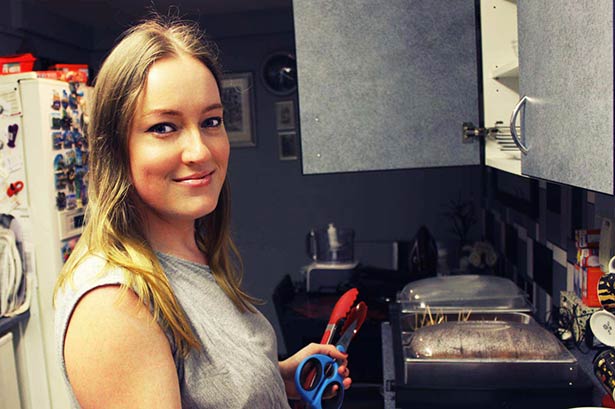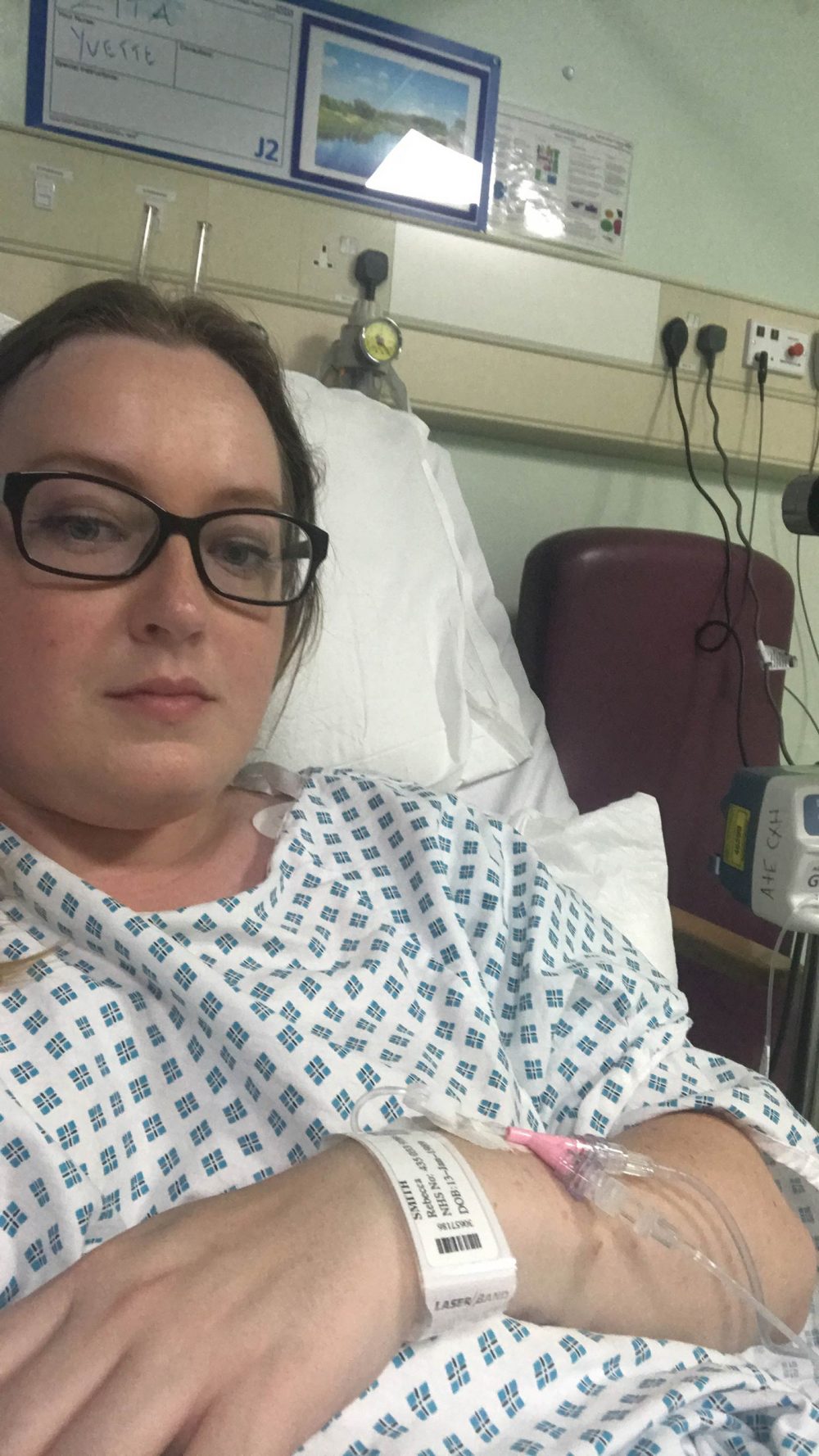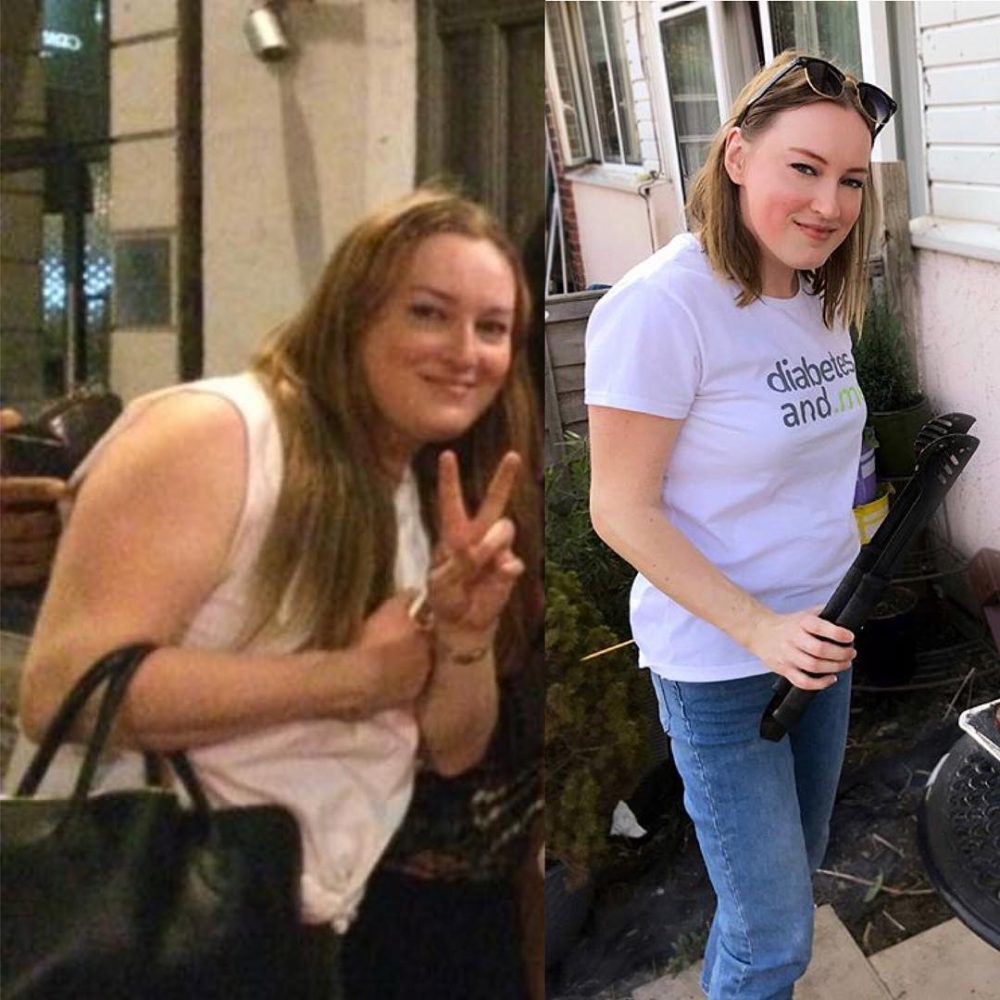
I was diagnosed with type 2 diabetes and various other complications when I was 28-years-old. I have put my diabetes into remission and have good control of my other conditions. In this post, I explain how I have achieved this.
Hello! Thank you for taking the time to read this post. I truly hope you find it useful, or at very least, interesting! So, allow me to introduce myself. My name is Becky, I am a type 2 diabetic, and, at the time of writing, I have been living with type 2 diabetes for just under a year. I previously suffered from hyperglycemia (high blood glucose levels), high blood pressure, high cholesterol and extremely high triglycerides. This was my wake up call to take back control of these conditions.
My first encounter with diabetes
I was diagnosed as a pre-diabetic in my mid-twenties. Unfortunately, I ignored this diagnosis and made no changes to my lifestyle. I was working full-time as a web developer and studied at an evening university. My schedule was hectic, with lectures beginning after work and finishing at 9 pm. As a result, my lifestyle became unhealthy. I barely exercised as I was frequently sitting down, either at my desk at work or in my lectures. Ready-made meals or takeaways were a daily occurrence for convenience. I was also feeling stressed and struggled with sleep, even though I felt permanently exhausted. This was most likely due to the constant feeling of anxiety that I couldn’t shake.
In late 2016 I began to notice a deterioration in my health. I was diagnosed with high blood pressure and put on medication for it. My doctor prescribed a combination of 10 mg of ramipril and 5 mg of amlodipine tablets to manage my blood pressure.
My diagnosis of type 2 diabetes
In January 2017 I was diagnosed with diabetes. My HbA1c was 77, so I was prescribed 500mg of metformin three times a day. My cholesterol was also high at 6.24 mmol/L, and, my triglycerides were 16.03 mmol/L. As a result, my doctor also prescribed 40 mg of atorvastatin and 10 mg of ezetimibe. I remember finding it hard to face these issues. As silly as this sounds, I felt like I could ignore it and it would all just sort itself out. I could not believe that I was facing these health issues at my age. Oh, how naive I was.
I was nearing the end of university and decided that I didn’t have the time to “fix” my health and that I would “sort it out” when I graduated. After my GP diagnosed me with diabetes, I was in complete denial. I attended my follow-up appointments, but it was as if I wasn’t there. I didn’t absorb any information. In fact, I rebelled against my diagnosis. I ate as many sweets, chocolates, cakes, and carbs as I could. As you can imagine, this was never going to end well.
I finally graduated in August 2017 and I thought that this was going to be an exciting time in my life. Plans were in place to move up north with my partner and enjoy some time off before finding a new job. However, less than a week later I found myself in hospital.
A couple of weeks before I graduated I had developed pus-like skin lesions on my arms, lower back, and buttocks. I was also experiencing tachycardia (fast heartbeat), heart palpitations and mild chest pain. Luckily, my doctor had already referred me to a lipids clinic in Hammersmith hospital where I had a blood test. A doctor informed me that I had severe hypertriglyceridemia at over 65 mmol/L, high cholesterol, and hyperglycemia (high blood glucose levels). My HbA1c had gone up from 77 to 84, even after starting on metformin tablets. The pus-like lesions, known as eruptive xanthoma, were deposits of fat caused by the severe hypertriglyceridemia. I was told to go to the hospital as I was at immediate risk of pancreatitis, and long-term risk of a heart attack or a stroke if left untreated.

I was petrified. Although I had noticed strange symptoms, such as blurred vision, fatigue, and increased thirst, I didn’t realise I was so poorly. Once I was in the hospital I was put on insulin and fluids via a drip. The medical team tested for any damage caused by my health issues. Luckily, I didn’t have pancreatitis. The doctors discharged me from the hospital after a 4-night stay and scheduled follow-up appointments with the lipids clinic. Also, I was prescribed a slow release insulin injection at 12 units per day, 267 mg of fenofibrate and 6000 mg of omacor capsules (omega-3 tablets).

I took a few days to process everything. My mental health suffered as I was feeling deeply depressed, scared and I kept crying. I had also developed an irrational fear of dying in my sleep and felt like I had lost control of my life. I couldn’t stop thinking, why me? To help me find peace and move forward with my life, I decided to find the answer to this question.
Taking back control of type 2 diabetes
I attended a diabetes education course called the X-PERT program which introduced me to the low carb diet. We covered a lot of information about diabetes, and they encouraged us to find out more about the state of our health and what our targets should be. I was spurred on to research more about my conditions and ask questions at my appointments. Without realising, gaining a full understanding of my ailments and the state of my health led me to come to terms with my conditions. Thanks to the internet, I had discovered that there were diabetics who had come off medication and brought their diabetes into remission. I became dedicated to this dream of being a diabetic in remission, and wanted to come off all medication. The end goal was to achieve non-diabetic blood glucose levels.
So, I decided to join some Facebook groups and engaged with people who had successfully achieved diabetic remission. Speaking to fellow diabetics gave me hope, and much needed support, in times of need. Like many others, I began to follow a low carb diet. You can find out more about low carb diets on the what food can diabetics eat post and you can find plenty of low carb recipes on diabetesand.me.

Choosing to follow a low carb diet was the best decision I made. Within a matter of days, I went from having blood glucose readings of 15-20 mmol/L to an average of 4-6 mmol/L. At each of my follow up appointments my conditions were moving towards target range. My tachycardia had also subsided. Gradually, I was coming off my medication. First, my doctor took me off insulin, and a few weeks later I was also taken off of metformin.
By November 2017, the positive effects of my low carb diet began to show. My blood pressure had dropped, so my GP took me off the ramipril and amlodipine. My cholesterol and triglycerides were now in the target range. In fact, my triglycerides had dropped from over 65 mmol/L to 1.15 mmol/L! How incredible is that!? There were plenty of reasons to celebrate. I had achieved a non-diabetic HbA1c of 36. I was almost off all my medication, and, I had lost 2.5 stones (35 pounds)!
Fortunately, I was invited to see a psychologist who specialised in diabetic care. These sessions helped me to tackle the depression and fear I was experiencing. If you are enduring any mental health issues, I recommend visiting our page dedicated to Mental Health to find out what help is available to you. You do not have to suffer alone.

At the time of writing this post, 4th March 2018, I am still off diabetic medication and in remission. However, in December 2017 I had a setback with my health. I was experiencing pain on the right side of my body where my lower rib cage is. After having a blood and urine test, my liver function came back with highly abnormal results. The test results suggested that my liver might be under strain, and potentially inflamed, as a result of fatty liver. The medication I was on for my cholesterol and triglycerides are known to cause this as a side effect, so my doctor took me off these as a precaution. Luckily, my cholesterol and triglycerides were well under the target range, so there was no immediate concern about me coming off these medications. I had a checkup scheduled for January 2017, at which point, everything would be reviewed.
My blood test results from my checkup in January showed my liver function had almost returned to normal after coming off the medication. My triglycerides remained well controlled at 1.15 mmol/L. Sadly, my cholesterol and blood pressure had crept up to a borderline high level. As a result, my doctor prescribed a small daily dosage of ramipril and one atorvastatin to take a week. The next follow up appointment is in April 2018 when I will find out if my liver and cholesterol are within target range. I plan to write a blog post detailing the outcome of this checkup as it may help someone else going through similar issues.
After everything I have been through in the past year, I couldn’t have got through it without the support of my family, partner, healthcare team and the fellow diabetics I have met online. I would particularly like to mention that the lipids team at Hammersmith hospital are the best doctors I have ever encountered. I am so grateful for the support and time they have given me.
How can you take back control of type 2 diabetes?
I decided to start diabetesand.me to provide a platform where myself and others can share experiences with diabetes. I hope that by sharing these experiences it will help others in the same way it did for me. I still have many questions about my future, such as what will happen when I decide to have children? These are the types of life events I personally will cover on diabetesand.me with the aim to benefit others going through similar things.
If you have recently been diagnosed or are struggling with diabetes control, I recommend reading the “start here” page or my top tips on how to manage diabetes. I hope that this website will help you on your journey.
